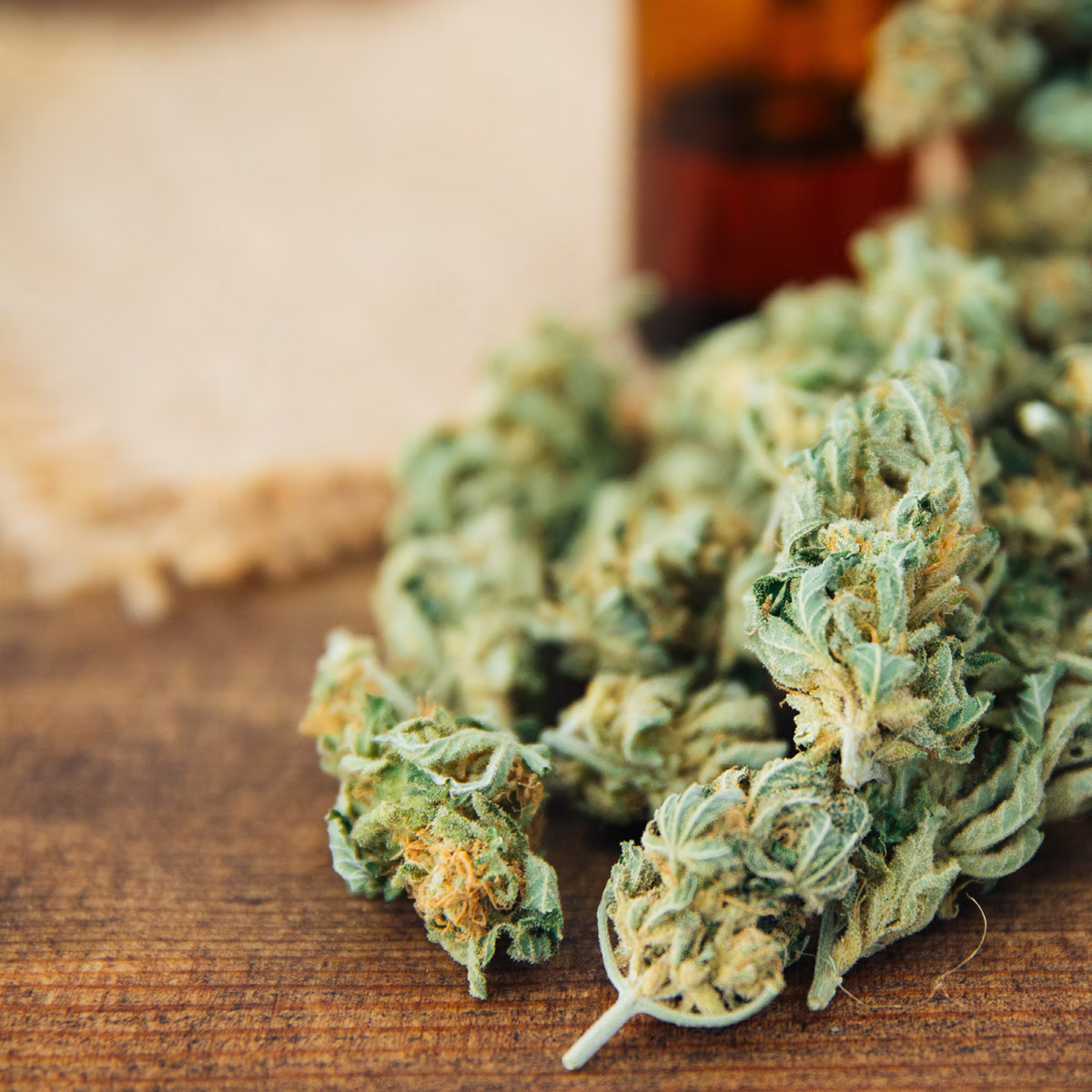
Some straight talk about why cannabis, tobacco, alcohol and other substances should not be combined
A message from Dr. Shannon McDonald, FNHA Acting Chief Medical Officer
-for-october-mixing-substances-can-be-risky/Dr-Shannon-McDonald.jpg)
Mixing alcohol and drugs is called “polydrug use," and it can have harmful, dangerous, even deadly effects. That's why, if we or our loved ones use any substances – including prescription and over-the-counter medications, we should learn and understand the risks of polydrug use.
The risks of mixing cannabis with other substances
Many people who use cannabis mix it with other substances to experience different feelings or offset unwanted side effects. There are risks to combining cannabis with any other substances, including intensified effects that may last longer than expected or wanted. For example, using cannabis and tobacco at the same time may lead to increased exposure to harmful chemicals, causing greater risks to the lungs and the cardiovascular system. Using cannabis in combination with even small doses of alcohol impairs driving ability more than either drug when used on their own – although, needless to say, people should not drive when under the influence of either substance.
The risks of mixing alcohol with other substances
Alcohol slows down the body's heart rate and make us feel more relaxed. Using alcohol and cannabis at the same time will result in greater impairment than using either one alone. This is because alcohol increases the absorption of the main psychoactive ingredient in cannabis – THC. What's more, alcohol is a depressant, and depressants affect coordination and other skills needed for safe driving.
Mixing Drugs and Alcohol increases the Risk of Overdose
Advice for people who use substances
• It's important to know that mixing substances to get a stronger high is not only risky but can cause unpleasant symptoms such as sweating, dizziness, nausea and vomiting.
• It's also important to know that people can have very different reactions to the same mix of alcohol and cannabis, and individual reactions from the same mix can change from day to day.
• It's essential to be aware of how intoxicating drugs and alcohol can interact with other medications: be sure to read the information provided by your pharmacist when filling prescriptions (and discuss this with your pharmacist), and/or the fine print on over-the-counter medications.
• It's safer to avoid the potential harm of mixing substances by choosing to use either cannabis or alcohol during a gathering or event.
• It's also safer to reduce your risks by ingesting low doses and potencies. For example, choosing cannabis with lower THC and/or higher CBD content (which does not cause intoxication) or choosing low-alcohol drinks, i.e., those with an alcohol strength by volume (ABV) of between 0.05 and 1.2 per cent.
• It's critical that you do not drive while under the influence of any substance.
• It's also critical that you do not use alone.
Safety planning for drug use is as important as ever. Using substances with a friend is still safer than using alone – even during COVID-19. Be sure to do your best to keep two metres apart. Carry a Naloxone kit and know how to use it (see Get Help). For more information about using substances, visit this resource: Talking about substance use.

